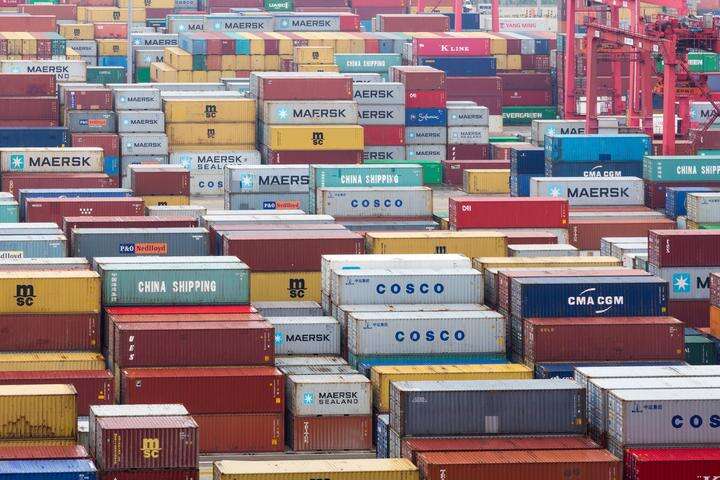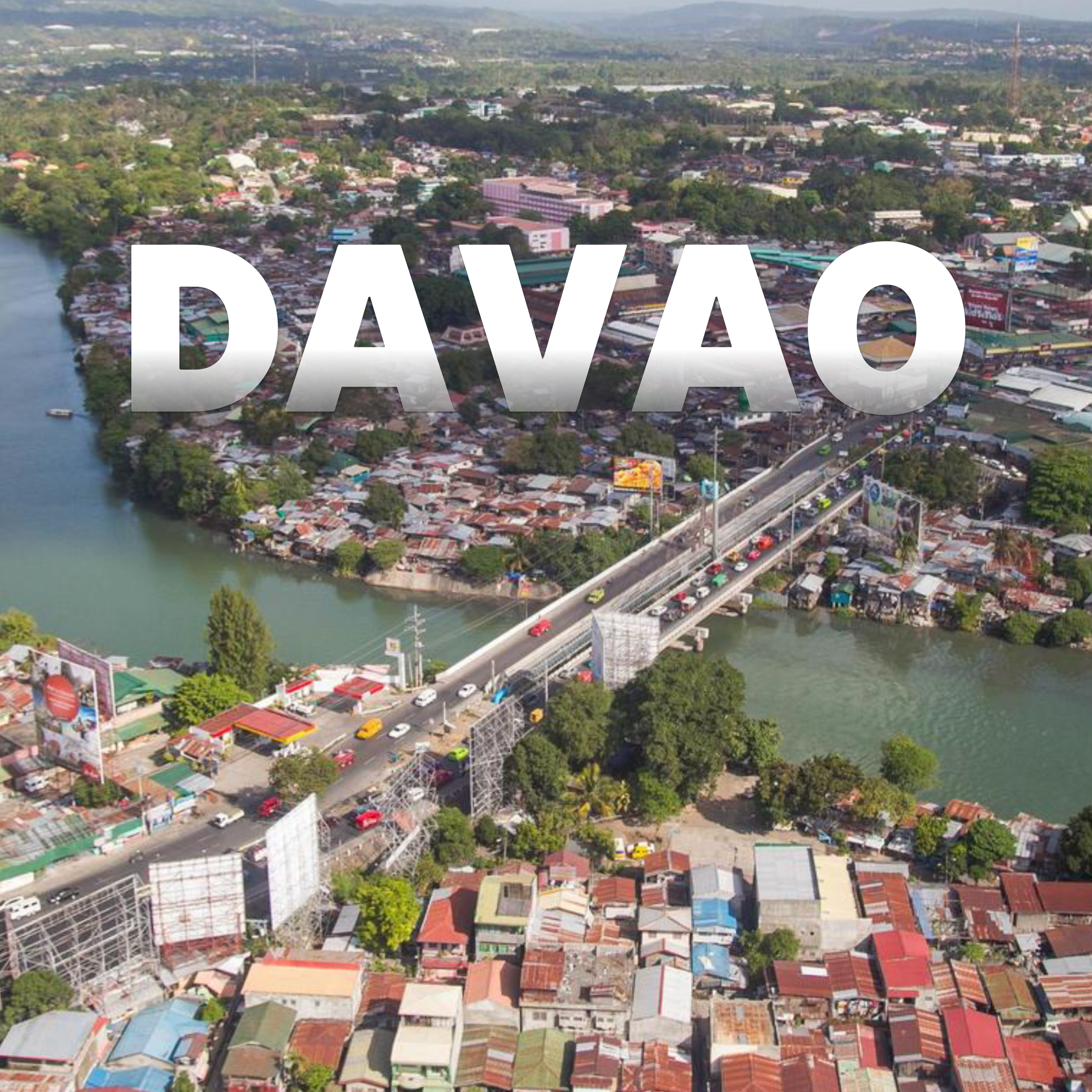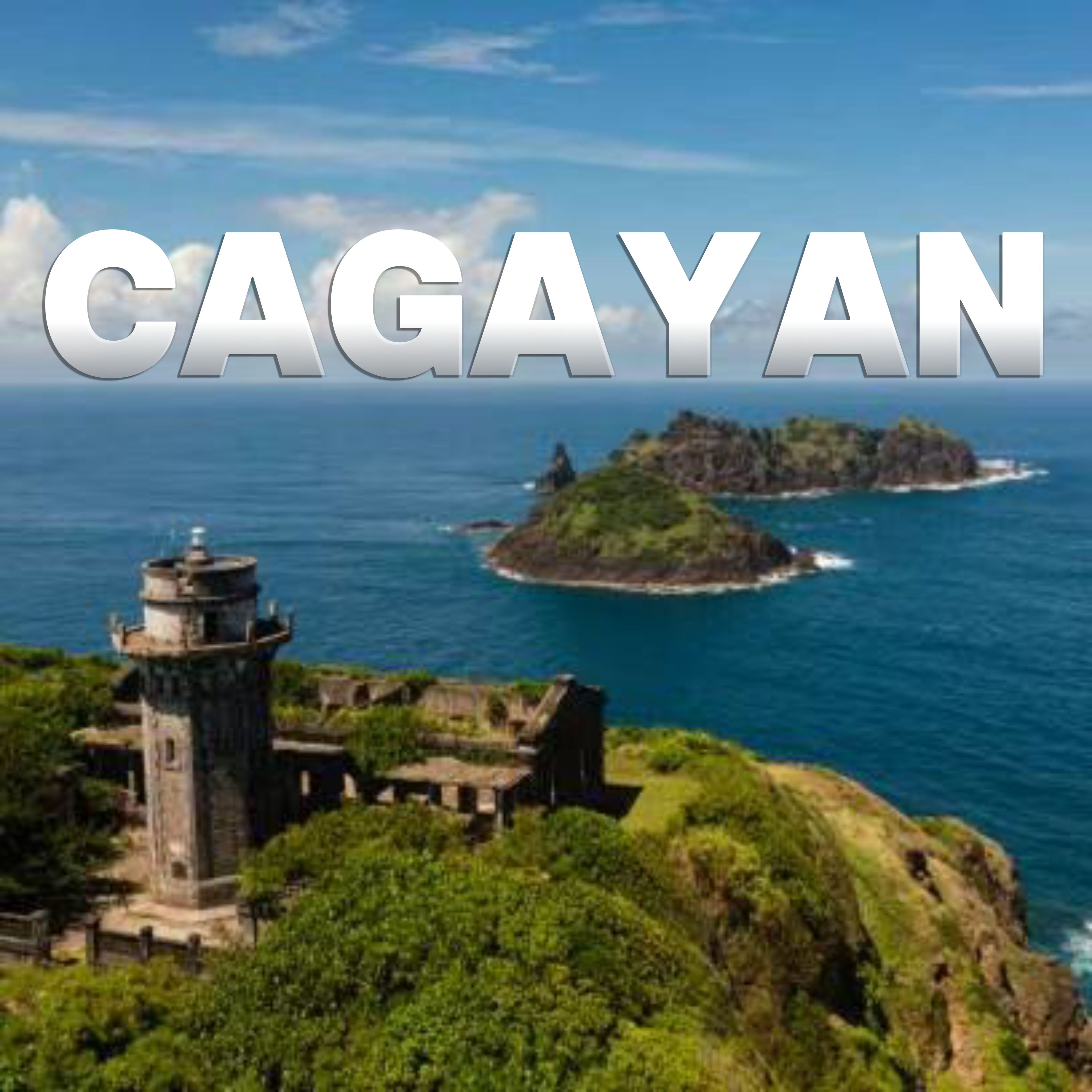transportation cost in philippines
Transportation costs in the Philippines encompass a complex network of expenses associated with moving people and goods across the archipelagic nation. This system includes various modes of transport such as jeepneys, buses, trains, ferries, and domestic flights. The cost structure is influenced by factors like fuel prices, maintenance expenses, and infrastructure development. In urban areas like Metro Manila, the transportation cost typically involves public utility vehicles, with jeepneys charging base fares starting from PHP 9.00, while air-conditioned buses range from PHP 15.00 to PHP 70.00 depending on distance. The Metro Rail Transit (MRT) and Light Rail Transit (LRT) systems offer relatively affordable options, with fares between PHP 13.00 to PHP 30.00. For inter-island travel, ferry services vary significantly in price, ranging from PHP 200 to several thousand pesos for premium accommodations. Domestic flights, which are crucial for long-distance travel between major cities, typically cost between PHP 2,000 to PHP 8,000, depending on the route and booking time. The transportation cost structure also includes modern ride-hailing services like Grab, which operate on dynamic pricing systems based on demand and distance.


